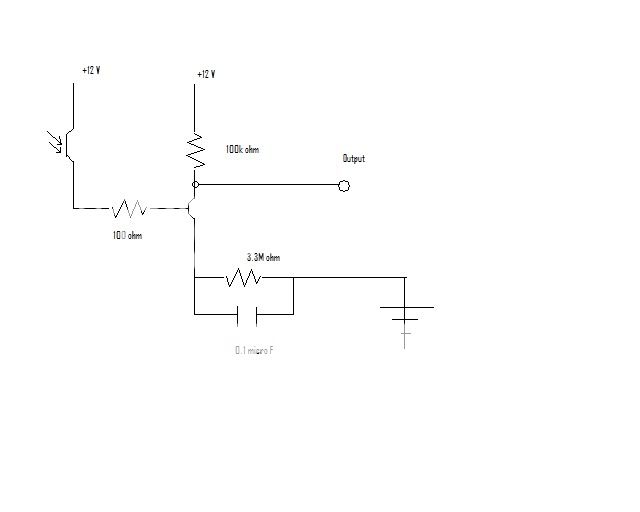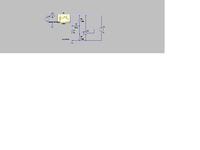Nirodha
Newbie level 6
I'm building a laser microphone for my senior project. The idea is to bounce a laser off a reflective surface, capture the reflected beam with a photo-transistor, then convert the signal into sound. Vibrations in the glass from a voice will modulate the laser signal, and the voice should come out on the other side.
When I use a simple transistor amplifier circuit and connect the output to my laptop computer, it records pretty well; I can record myself talking at the piece of glass.
When I try moving the output to a 9V speaker/amp from Radioshack, the output disappears. I tried removing my amplification step entirely, I tried a LM386 low voltage audio amp, I tried an Op-Amp, and nothing is working.
My advisor didn't look at my circuit, but told me I have an impedance matching problem, so I'm not driving the speaker properly. I don't really know how to measure impedance, or where in the circuit to measure it.
Is this really my problem? If so, how can I effectively measure the appropriate values and fix them? If not, any ideas?
Any ideas or suggestions are much appreciated.
When I use a simple transistor amplifier circuit and connect the output to my laptop computer, it records pretty well; I can record myself talking at the piece of glass.
When I try moving the output to a 9V speaker/amp from Radioshack, the output disappears. I tried removing my amplification step entirely, I tried a LM386 low voltage audio amp, I tried an Op-Amp, and nothing is working.
My advisor didn't look at my circuit, but told me I have an impedance matching problem, so I'm not driving the speaker properly. I don't really know how to measure impedance, or where in the circuit to measure it.
Is this really my problem? If so, how can I effectively measure the appropriate values and fix them? If not, any ideas?
Any ideas or suggestions are much appreciated.


